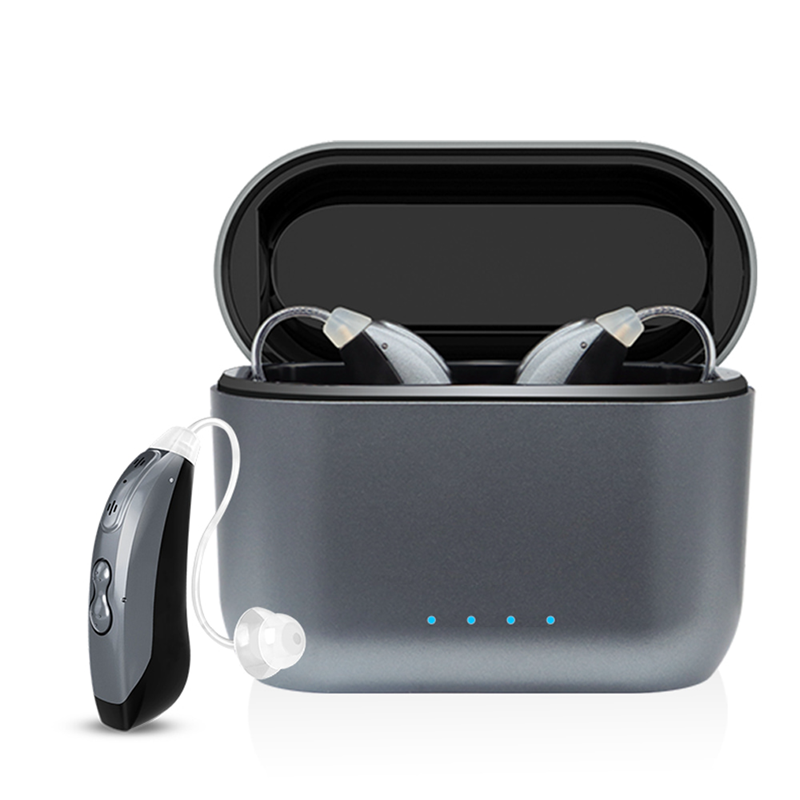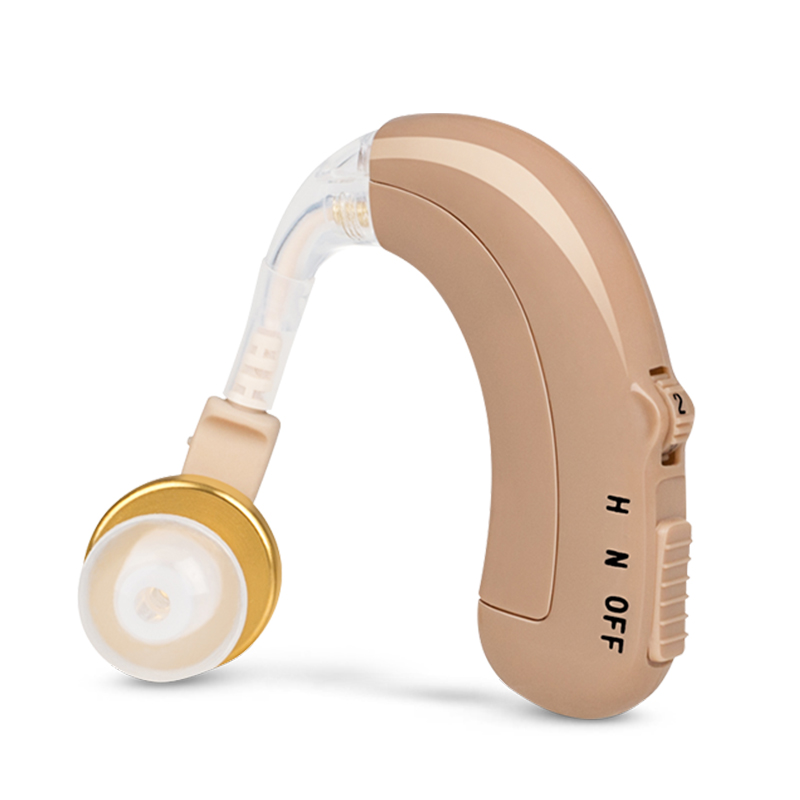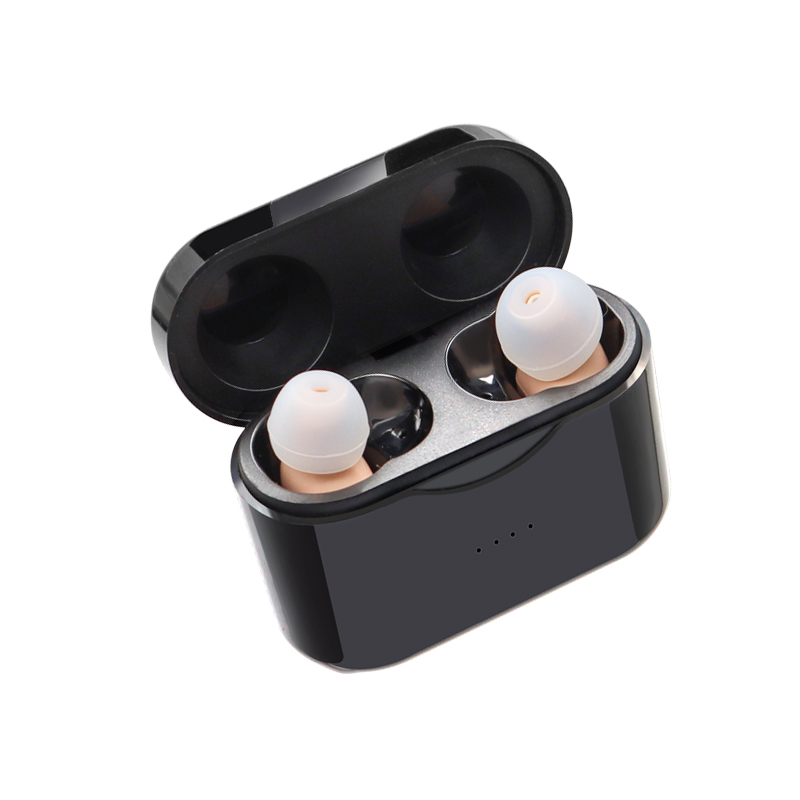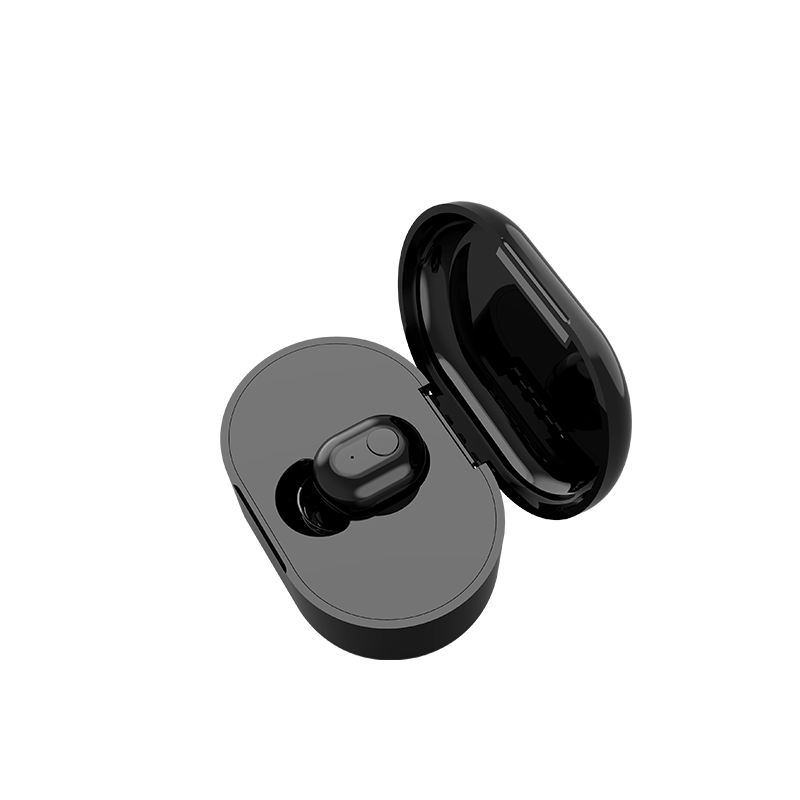
Have you ever cupped your hand behind your ear, hoping to hear a sound more clearly? By trying to increase the outer size of your ear, you were altering the ear shape to improve the sound that the inner workings could pick up. Ears come in all kinds of shapes and sizes, affecting the way you hear and even holding some clues to your overall well-being.
The outside portions of the ear are called pinnae or auricula. The shape of an ear helps it work the way a funnel does when it narrows down a liquid’s flow into a vessel. In the case of your ears, the outer part collects and amplifies sound waves, then directs them into the ear canal.
While ear shape and hearing quality aren’t always connected, ear size can matter. If you have an especially small ear canal, for example, it could have a negative effect on how much you’re able to hear.
The ears grow slowly as we age, and through time, many parts of our bodies are affected by the loss of collagen. When soft ear tissues lose collagen, they tend to droop and sag, also making them look bigger.
If ears have not developed properly, that different ear shape could lead to complications, including everything from cosmetic issues to hearing and development problems. An estimated 1 in 3,800 children are born with types of ear shapes that indicate a congenital ear deformity.
The above is the interpretation of The Surprising Impact of Ear Shape on Sound Perception provided by Chinese hearing aid supplier Shenrui Medical. Link https://www.srmcm.com/Blog/The_Surprising_Impact_of_Ear_Shape_on_Sound_Perception.html of this article is welcome to share and forward. For more hearing aid related information, please visit Blog or take a look at our Hearing aids products















